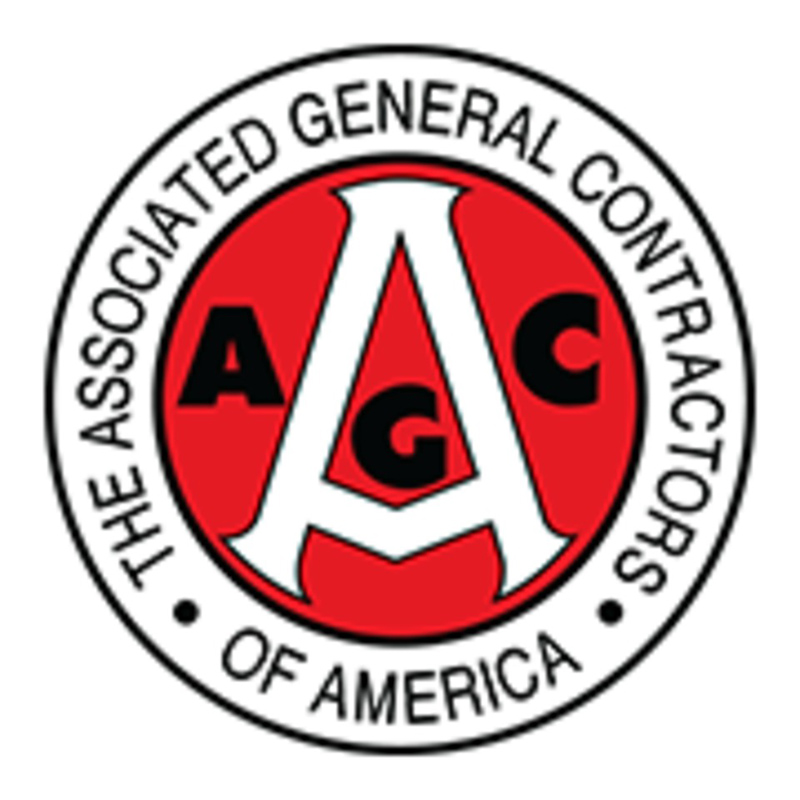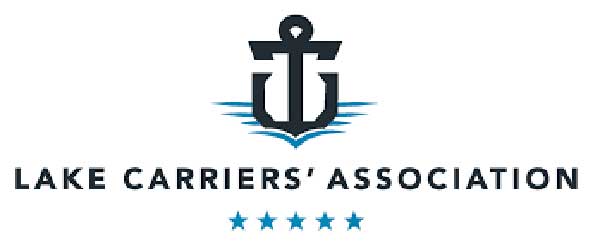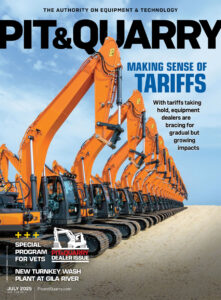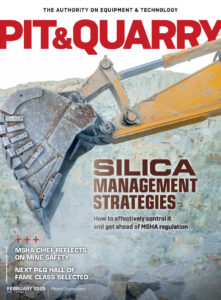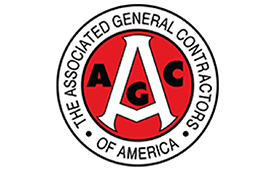
Total construction spending decreased slightly in April, impacted by declines in public projects and a mixed pattern among private residential and nonresidential categories, according to an Associated General Contractors of America (AGC) analysis.
Construction spending, not adjusted for inflation, totaled nearly $2.1 trillion at a seasonally adjusted annual rate in April. That figure is 0.1 percent below the upwardly revised March rate, but 10 percent above the April 2023 level, according to AGC.
Association officials note that construction spending levels remain well above where they were a year ago, and that most firms continue to struggle to find enough qualified workers to hire.
“Overall spending slipped despite upturns in manufacturing and power construction and a slight pickup in single-family homebuilding,” says Ken Simonson, AGC’s chief economist. “Most public segments continued a seesaw pattern, with decreases in April following gains in other recent months.”
Spending on private nonresidential projects declined 0.3 percent in April but rose 8.3 percent year-over-year. The largest private segment, manufacturing construction, increased 0.9 percent for the month and 17.1 percent over 12 months.
Commercial construction fell 1.1 percent in April and was virtually unchanged from a year earlier. Investment in power, oil and gas projects gained 0.1 percent in April and rose 7.4 percent year over year.
Spending on private residential construction ticked up 0.1 percent for the month and 8 percent year over year. Single-family construction rose for the 12th month in a row, gaining 0.1 percent in April and 20.4 percent year over year. Multifamily spending fell 0.3 percent in April yet climbed 2.3 percent compared to April 2023.
Public construction spending fell 0.3 percent for the month but rose 16.7 percent from a year earlier. The largest public segment, highway and street construction, fell 0.5 percent in April but rose 16.4 percent over the last 12 months. Public educational spending fell 0.2 percent in April yet rose 16.8 year-over-year.
AGC will release a new report, co-authored by the Progressive Policy Institute, detailing the massive federal funding gap between support for collegiate education and investments in career and technical education for fields like construction. The organizations urge policymakers to boost funding for construction education and training programs and find new ways to allow more people to enter the country lawfully to work in construction.
“The federal government is proving to be one of the biggest obstacles to recruiting more people into the construction industry,” says Jeffrey Shoaf, AGC’s CEO. “It is hard to be competitive when the federal government is spending significantly more resources encouraging students to go to college than what it is investing in preparing people for high-paying construction careers.”

